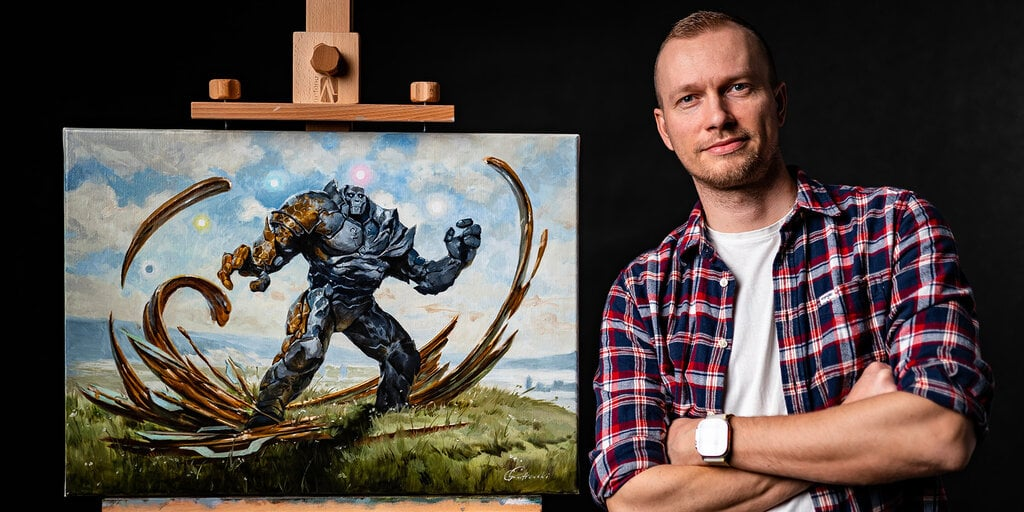Greg Rutkowski, a digital artist known for his surreal style, opposes AI art but his name and style have been frequently used by AI art generators without his consent. In response, Stable Diffusion removed his work from their dataset in version 2.0. However, the community has now created a tool to emulate Rutkowski’s style against his wishes using a LoRA model. While some argue this is unethical, others justify it since Rutkowski’s art has already been widely used in Stable Diffusion 1.5. The debate highlights the blurry line between innovation and infringement in the emerging field of AI art.



I don’t know what this has to do with anything. Nothing was “pirated”, either.
His work was used in a publicly available product without license or compensation. Including his work in the training dataset was, to the online vernacular use of the word, piracy.
They violated his copyright when they used his work to make their shit.
The product does not contain his work. So no copying was done, therefore no “piracy.”
i’m not making a moral comment on anything, including piracy. i’m saying “but it’s part of my established workflow” is not an excuse for something morally wrong.
only click here if you understand analogy and hyperbole
if i say “i can’t write without kicking a few babies first”, it’s not an excuse to keep kicking babies. i just have to stop writing, or maybe find another workflow
The difference is that kicking babies is illegal whereas training and running an AI is not. Kind of a big difference.
did you click the thing saying that you understand analogies?
You’re using an analogy as the basis for an argument. That’s not what analogies are for. Analogies are useful explanatory tools, but only within a limited domain. Kicking a baby is not the same as creating an artwork, so there are areas in which they don’t map to each other.
You can’t dodge flaws in your argument by adding a “don’t respond unless you agree with me” clause on your comment.